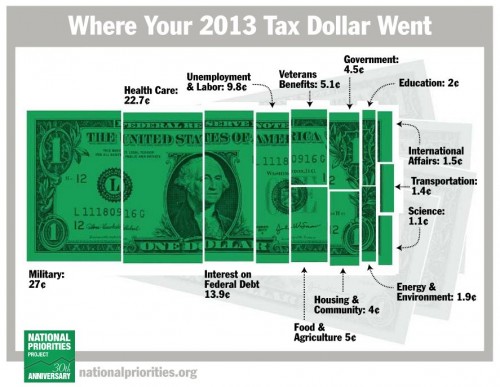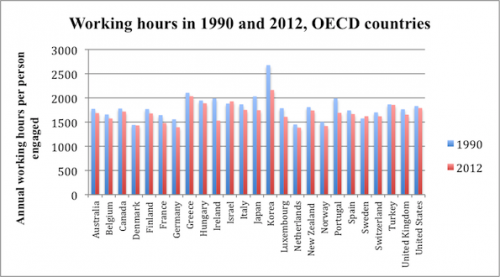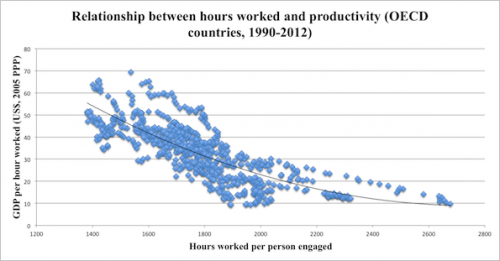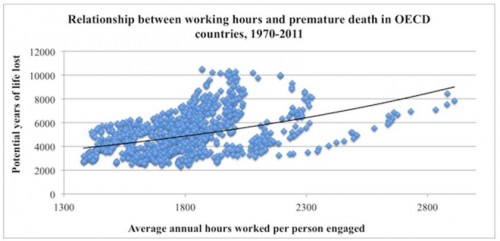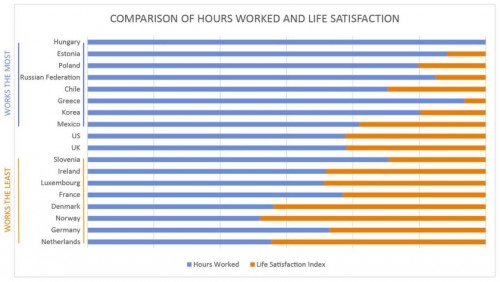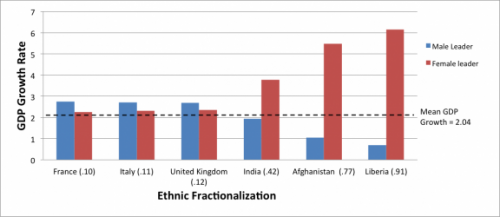 Sgt. Jasmine Jacobs of the National Guard in Georgia has always plaited her hair into two twists around her head. She has been in the military for six years and has worn her hair natural (meaning no chemical treatments [perms] or hair extensions [weaves]) for four of those years. But according to the new hair-grooming requirements the U.S. Army recently released, her hair is now out of regulation.
Sgt. Jasmine Jacobs of the National Guard in Georgia has always plaited her hair into two twists around her head. She has been in the military for six years and has worn her hair natural (meaning no chemical treatments [perms] or hair extensions [weaves]) for four of those years. But according to the new hair-grooming requirements the U.S. Army recently released, her hair is now out of regulation.
And so are the Afro-centric hairstyles of many black women in the Army, who make up 31 percent of Army women.
Jacobs, who said she is “kind of at a loss now with what to do with my hair,” has started a White House petition asking the Army to rethink its new hair guidelines. The petition has collected more than 7,000 signatures from soldiers and civilians, but needs to reach 100,000 signatures by April 19th in order for the White House to address it.
The petition states:
Females with natural hair take strides to style their natural hair in a professional manner when necessary; however, changes to AR 670-1 offer little to no options for females with natural hair… These new changes are racially biased and the lack of regard for ethnic hair is apparent.
The new Army Regulation 670-1 was published Tuesday and illustrates with photos the types of hairstyles that are unauthorized for women. Those include dreadlocks, twists or any type of matted or coiled hair. A particularly cumbersome requirement disallows the bulk of a woman’s hair to “exceed more than 2″ from her scalp.” That rules out Afros and most types of non-chemically altered black hair.
Basically, almost every natural hair option that black women in the Army could wear is now off limits. One of the few traditionally natural hairstyles that was listed as appropriate is cornrows, but a slew of specifications and rules surrounded even that. The diameter of each cornrow can’t be more than one-fourth of an inch, and no more than one-eighth of an inch of scalp may be shown between cornrows.
The only way to realistically meet the new standards would be to shave one’s head, perm one’s hair or wear weaves or wigs.
Jacobs said twists like the one she wears are very popular among black women soldiers because the style requires little maintenance when in the field. Her hair’s thickness and curliness makes pulling her hair back into a bun (a style popular among white women soldiers) impossible.
A spokesperson for the Army said the grooming changes are “necessary to maintain uniformity within a military population.” When that need for “uniformity” erases the ethnic differences of a group of women and forces them to constrain themselves to European standards of hair, it presents a serious problem.
“I think, at the end of the day, a lot of people don’t understand the complexities of natural hair… I’m disappointed to see the Army, rather than inform themselves on how black people wear their hair, they’ve white-washed it all,” said Jacobs.
Screenshots taken from Army Regulation 670-1.
Anita Little is the associate editor at Ms. magazine, where this post originally appeared. You can follow her on Twitter.



